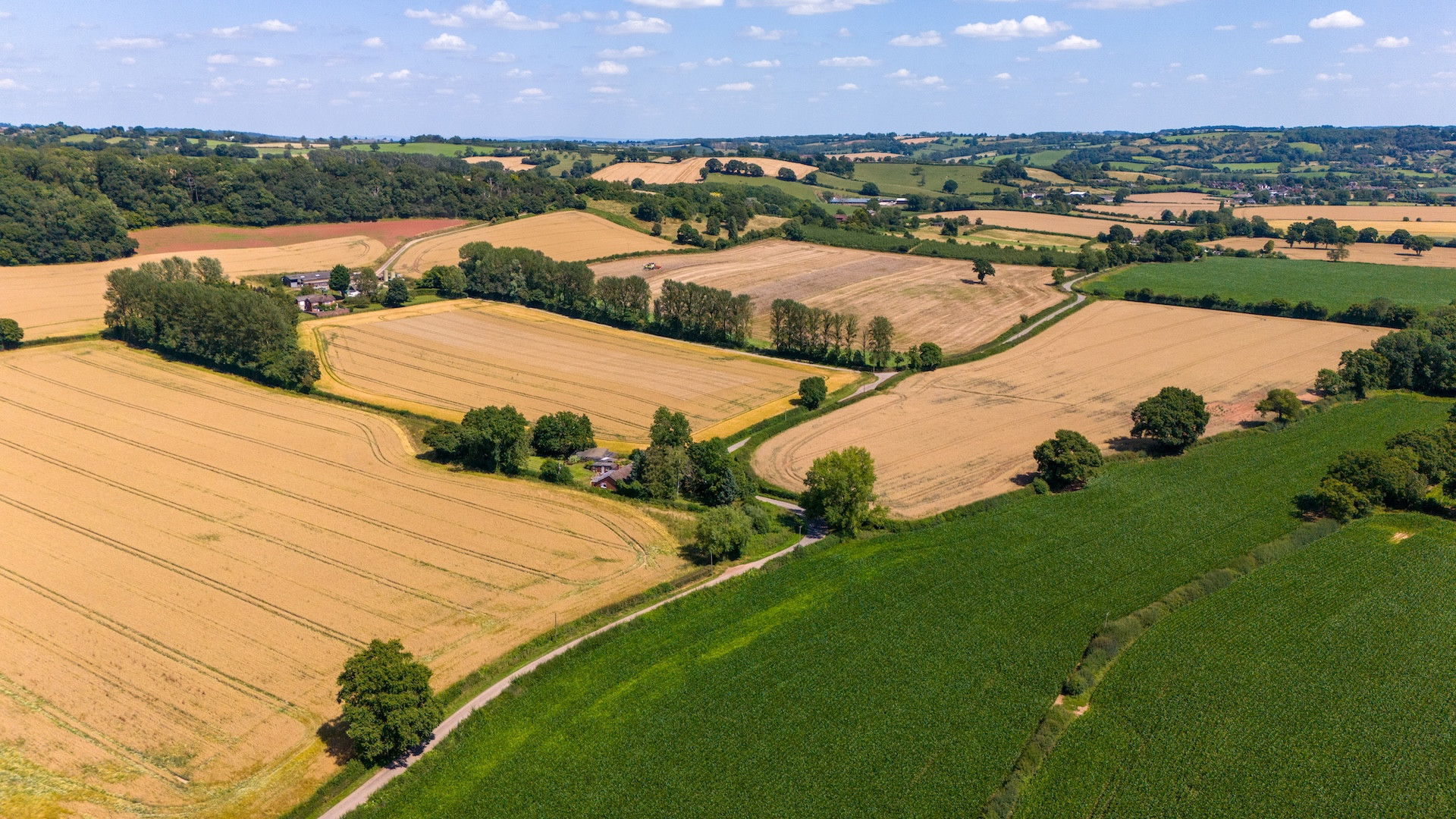
AF scale & strength saves you an average of 15% across 9 categories of inputs. Whether you want to ask, discuss, benchmark, order 24/7 through AF Online or use our knowledge, we're here to help.
All your AF account spend is consolidated into a single monthly invoice, easily integrated with your accounting software. Use myAF to track your orders, predict your cash flow and get news, practical updates and product reviews.
AF is independent and unbiased. Our priority is to protect your margin. We’re not a supplier. We’ll take your orders and we’ll also help you make the right decision at the right time. All for average 1.3% service charge when you order.

Your annual membership fee is based on your predicted spend for the year, not your acreage.
A service charge of average 1.3% is added to your orders. You get personal service to make the most of your membership & get best savings, fast.
Joining is easy. We talk you through the steps & benchmark how much you'll start saving.
From over 1400 suppliers, we're sure to procure the inputs you need.